 Huh? What does the flu have to do with the US Constitution? Here’s what. The 2017-2018 influenza season shaped up to be the worst on record since 1918, the infamous year when 20 to 50 million victims died of this highly infectious disease worldwide. By mid-season January 2018, the most common type, A(H3), was already widespread throughout forty-nine states and Puerto Rico. Doctor visits were three times higher than normal. And, the proportion of deaths continued to increase sharply. Warnings about the flu’s spread and severity and advice on how to try to avoid it appeared frequently in the media. Fortunately, the flu vaccine reduced the chance of catching the virus and eased symptoms of those who did come down with it, even though the vaccine had been engineered for a different strain. But, what if the disease threatened to fell millions of Americans, overrunning hospitals, closing schools and businesses, and causing panic? Could the government contain its reach by forcibly quarantining people? After all, that’s what some governors did in 2014 when they feared Ebola might run rampant here. Or, might the president or the Federal Aviation Authority halt flights to Hawaii, Alaska or Puerto Rico to at least contain it within the contiguous forty-eight states? Unfortunately, our Constitution is vague about the situations under which the government can detain people during such a state of emergency. Normally, habeas corpus applies. This provision says that people have the right to be released from detention if the government can’t supply a reason to keep them locked up. In 1787, when our Constitution was being drafted, the Framers debated whether there should be any exceptions to this right. Were there any grounds, they wondered, for keeping people confined for no legal reason and with no hope for release? They decided that “in Cases of Rebellion or Invasion the public Safety may require it.” But, a pandemic of bird flu from China, say, never occurred to the Framers. Would that be considered an invasion? More recently, Congress gave the president the power to declare certain diseases “quarantinable” and to order the “apprehension…of individuals…for the purpose of preventing the introduction, transmission, or spread of such communicable diseases.” This is one of the government’s “police powers.” There are genuine questions, however, about what counts as such a disease and at what point in its spread the authorities can intervene. These are serious issues to consider—before an epidemic arrives. 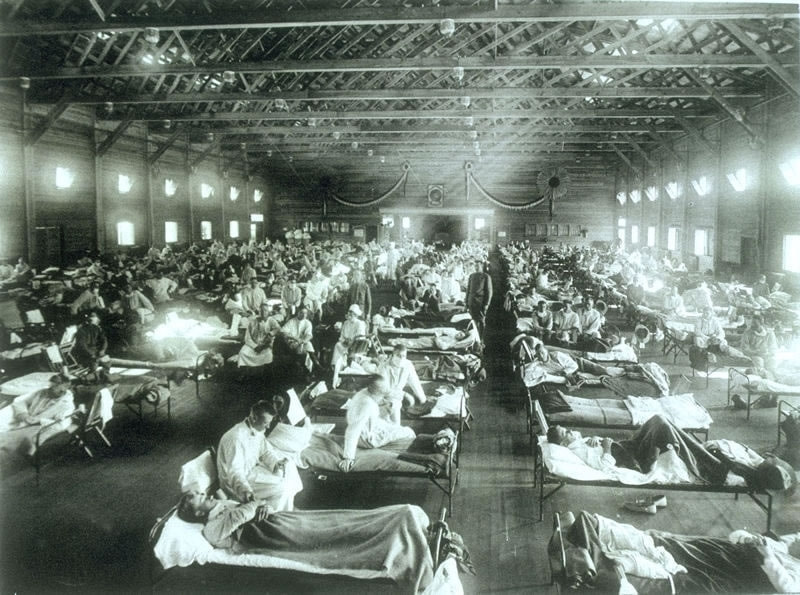 Soldiers from Fort Riley Kansas lie ill with Spanish influenza at a hospital ward. It was the most famous and lethal flu outbreak ever to strike the United States, lasting from 1918 to 1919. It is not known exactly how many it killed, but estimates range from 50 to 100 million people worldwide. -Courtesy National Museum of Health and Medicine, AFIP (Washington, D.C.) 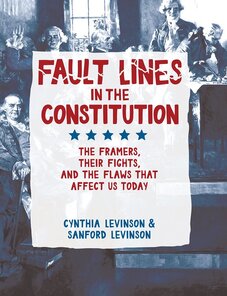 Many of the political issues we struggle with today have their roots in the US Constitution. Husband-and-wife team Cynthia and Sanford Levinson take readers back to the creation of this historic document and discuss how contemporary problems were first introduced―then they offer possible solutions. "A fascinating, thoughtful, and provocative look at what in the Constitution keeps the United States from being “a more perfect union.” " Kirkus Reviews - Best Middle Grade Nonfiction of 2017
0 Comments
Leave a Reply. |
The Nonfiction Minute returns on 9/12/20.We publish the Minutes for the coming week on Saturdays so teachers can make plans and we update the Minute for each day, so a new Minute appears at the top of the queue. ArchivesCategories |


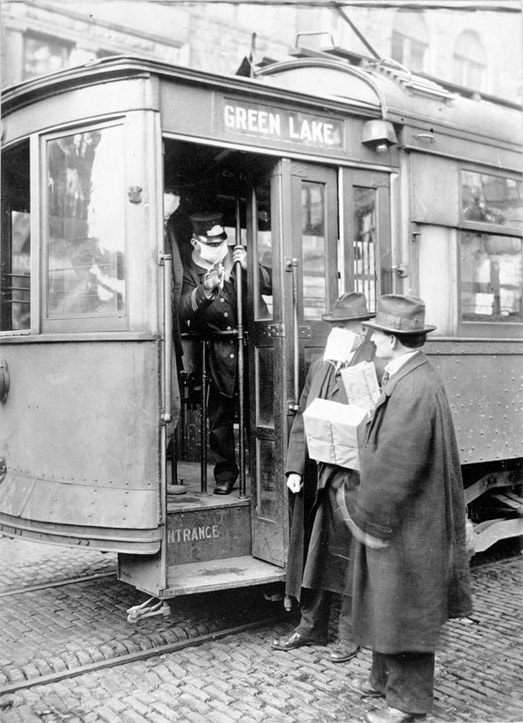
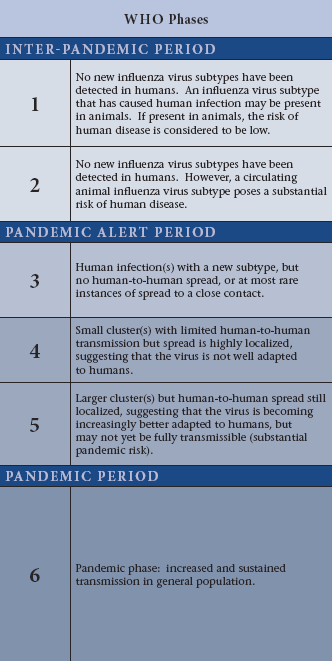
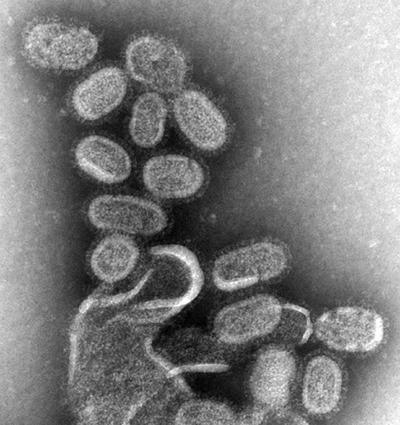

 RSS Feed
RSS Feed
